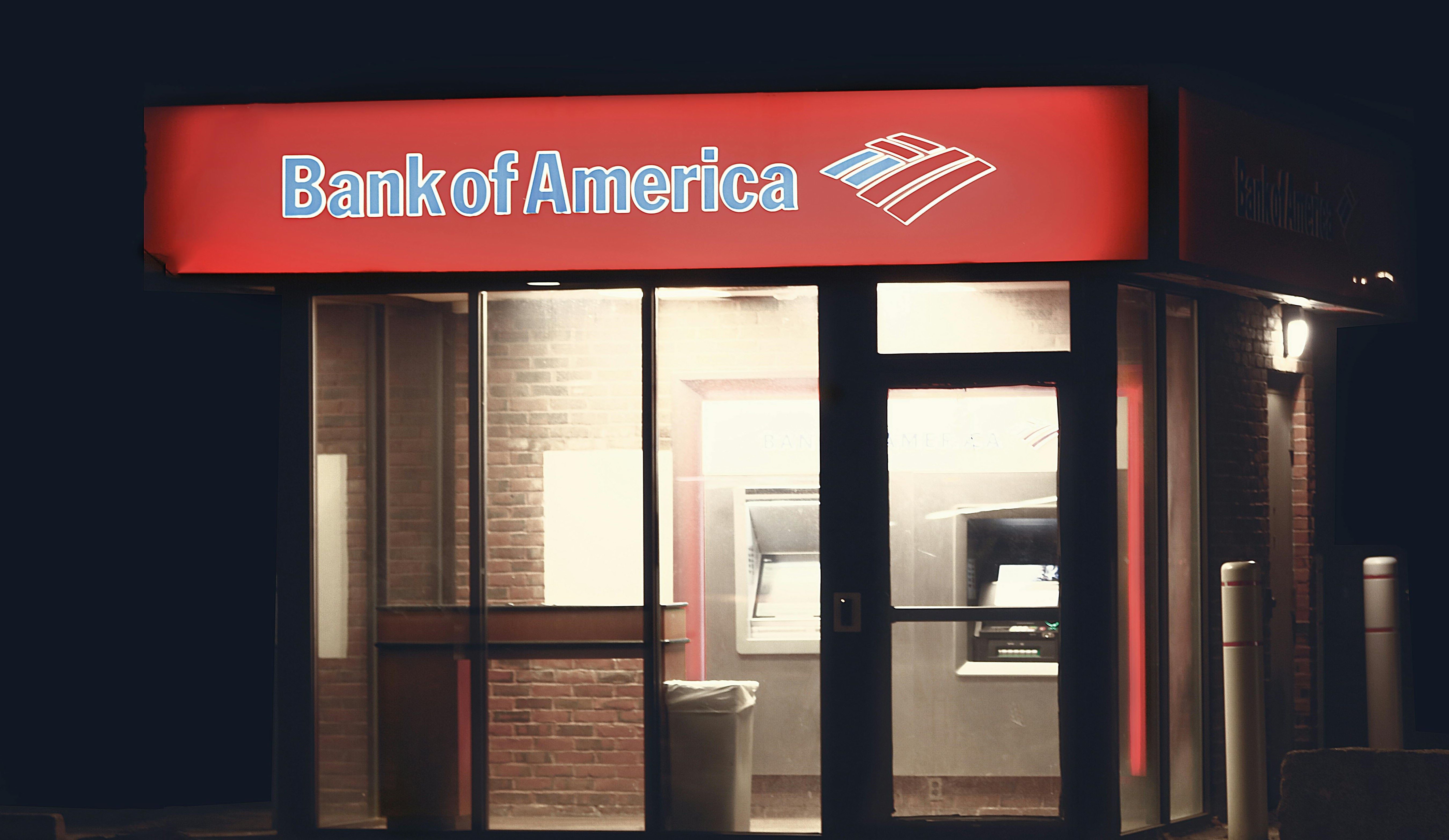Astrazeneca (AZN)- Technical & Fundamental Analysis
$12,416
Astrazeneca (AZN)- Technical & Fundamental Analysis
06 Nov 2025, 09:34

Pexels.com

Bank of America (BofA) is set to expand the synthetic risk transfer (SRT) market, aiming to bring smaller lenders into the fold. By structuring SRT deals for regional banks, BofA hopes to turbocharge this fast-growing financial sector. With SRT issuance reaching record highs, the bank’s efforts could simplify processes, attract more investors, and unlock new opportunities for smaller financial institutions. However, the rapid growth of SRTs has raised concerns over risk management and regulatory oversight.
1. What Are Synthetic Risk Transfers (SRTs)?
SRTs allow banks to protect themselves against potential loan losses by selling a portion of the credit risk to investors. In return, investors receive regular fees. Despite retaining the loans on their balance sheets, banks benefit from regulatory relief, requiring less capital to offset the risk. This, in turn, boosts their returns.
2. Bank of America’s Strategic Move
BofA is actively exploring ways to structure SRTs for smaller lenders in the US and Europe. The initiative includes:
These efforts could significantly increase both the number of banks issuing SRTs and the pool of investors purchasing them.
3. Opportunities for Investors
Private credit funds have emerged as the dominant buyers of SRTs in Europe. BofA’s expansion plans could:
4. Potential Risks and Concerns
The rapid expansion of the SRT market has sparked warnings from financial regulators and analysts:
5. Challenges in the SRT Market
Currently, the time-intensive due diligence process for both banks and investors slows down SRT transactions. BofA plans to:
6. Future Prospects for the SRT Market
BofA’s plans represent a potential turning point for the SRT market. By enabling smaller lenders to participate and attracting diverse investors, the bank could help the market reach new heights.
Conclusion: A Transformative Step for Risk Transfers
Bank of America’s efforts to expand the synthetic risk transfer market mark a significant step toward inclusivity and scalability. While challenges remain, such as managing risks and ensuring regulatory compliance, BofA’s strategy could open the door for smaller banks and investors to benefit from this innovative financial instrument. By standardising processes and broadening access, the initiative has the potential to reshape the SRT market and drive its next phase of growth.
Source: (FT.com)